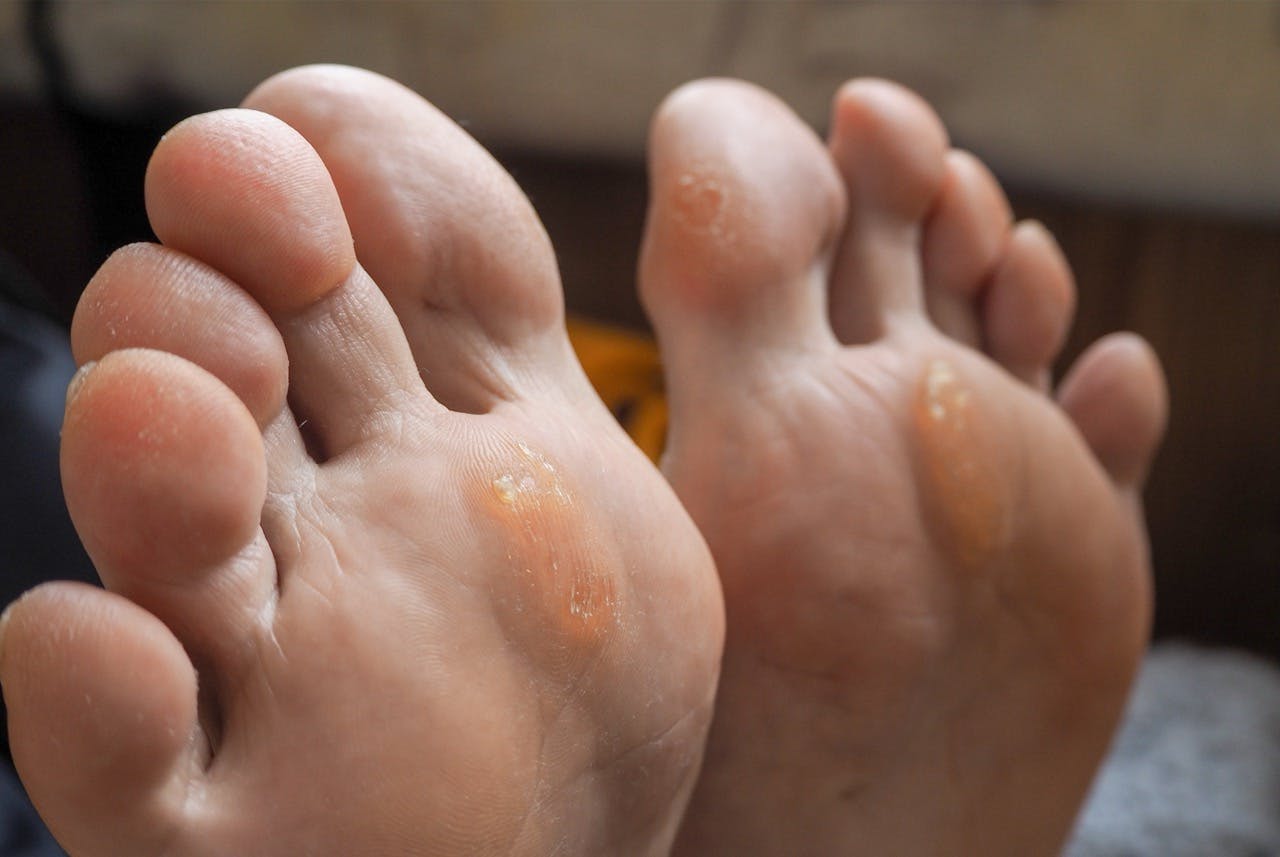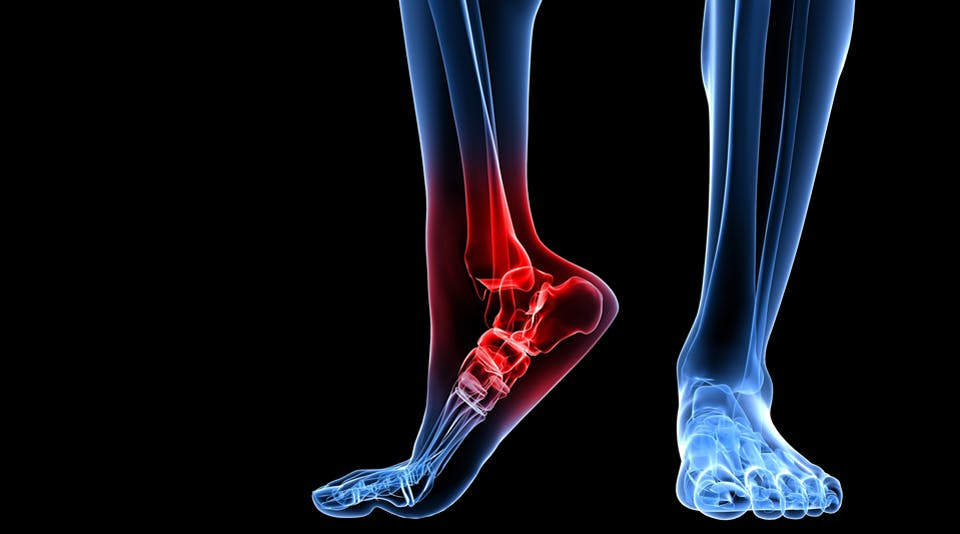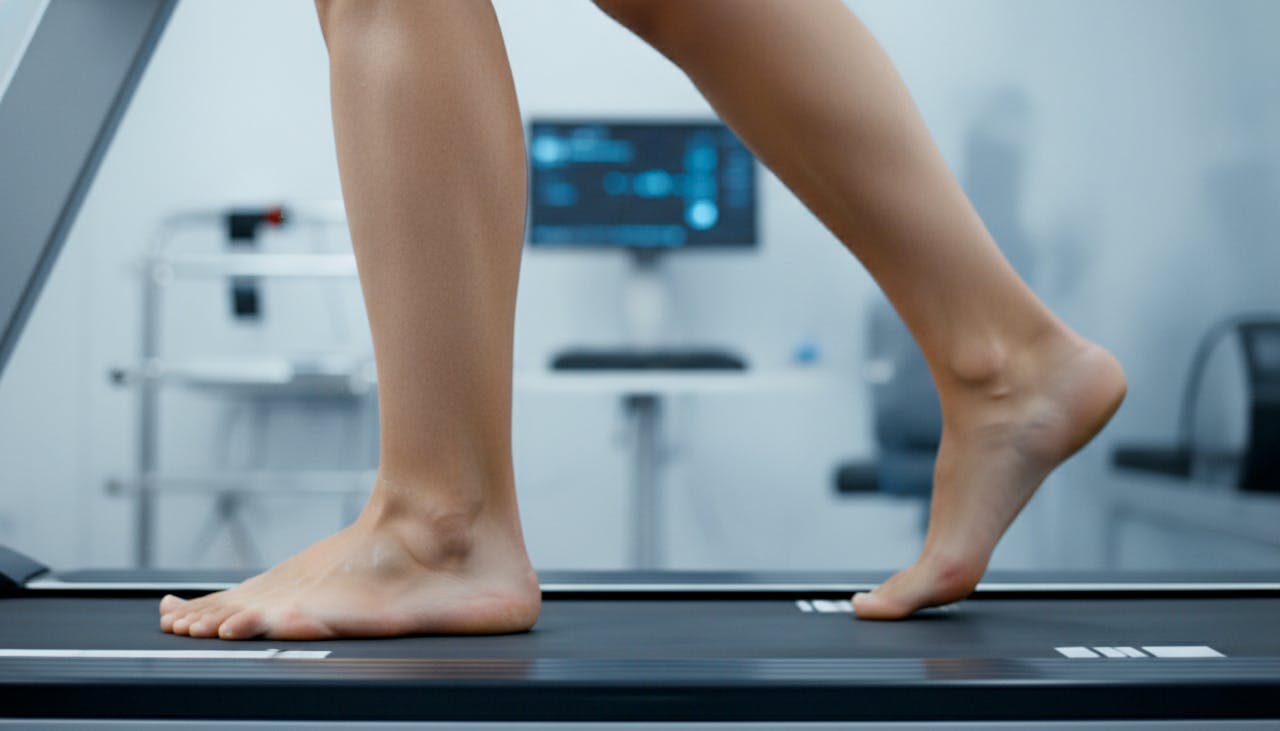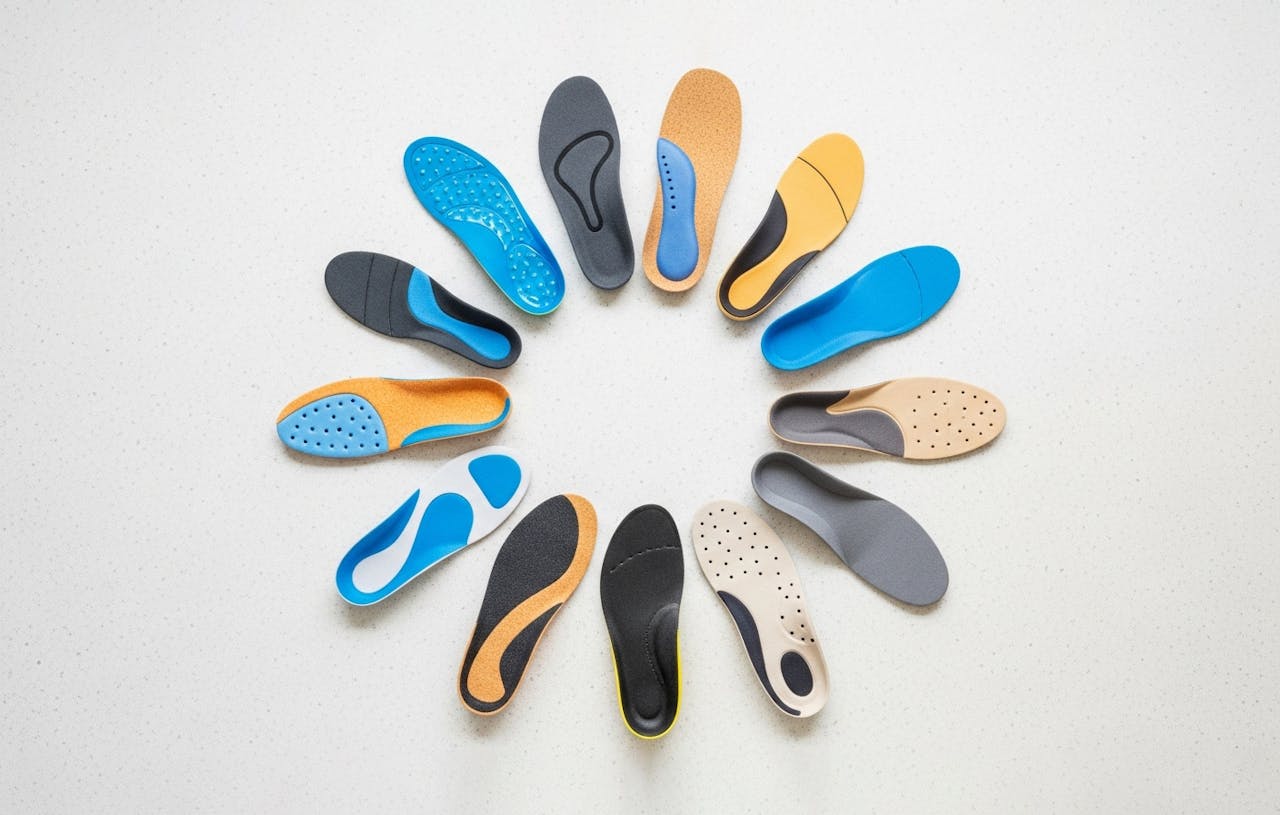
Corns and Calluses
Corns and calluses are areas of thickened, hardened skin that develop as a natural protective response to excessive pressure or friction, but often become painful themselves if left untreated.
Overview
What is it?
While often grouped together, they are slightly different. A callus is a diffuse, spread-out area of thick skin, usually found on weight-bearing areas like the balls of the feet or heels. A corn is a smaller, more focused point of hard skin that is pushed inward like a tiny inverted cone, typically occurring over bony prominences like toe joints.
How common is it?
They are arguably the most common foot complaints treated by podiatrists. Almost everyone will develop some degree of callus, especially active adults and the elderly, whose natural fatty padding on the soles of the feet thins with age.

Symptoms & Causes
What are the symptoms?
Visible patches of thick, hardened, yellowish or waxy skin.
- Hard Corns: Usually appear on the tops or tips of toes; small, concentrated, and often very tender.
- Soft Corns: Develop between toes (often the 4th and 5th) where moisture keeps the skin soggy; they are rubbery and can be extremely painful.
What does it feel like?
A callus might just feel like a dull ache or "burning" sensation after long periods of standing. A corn, however, often feels intensely sharp, like having a small stone permanently stuck in your shoe, because the hard "nucleus" of the corn presses directly onto the sensitive nerves underneath.
What causes it?
They are purely a mechanical response to pressure and friction. Your skin thickens to protect itself from breaking down.
- Footwear: Shoes that are too tight, too narrow, or have high heels that throw weight onto the ball of the foot.
- Deformities: Bunions or hammertoes create new bony lumps that rub against shoes.
- Biomechanics: If you have a structural issue (like a dropped metatarsal head), one specific area of your foot might take far too much pressure with every step, leading to heavy callus build-up.
Some health conditions can include:
- Diabetes: This is critical. In diabetic patients, heavy callus can hide deep ulcers underneath, which may go unnoticed due to reduced sensation (neuropathy).
- Psoriasis or Eczema: Can cause areas of thickened skin that mimic calluses.

How is it Diagnosed?
Diagnosis is generally made instantly by visual inspection.
What tests are used to diagnose it?
- Physical Exam: We differentiate corns from verrucae (warts). A key sign is that corns usually hurt when pressed directly, whereas verrucae hurt more when pinched from the sides. Corns also maintain normal skin striations (fingerprint lines) across them, whereas verrucae disrupt these lines.
- Gait Analysis: We don't just want to remove the corn; we want to know why it's there. We assess your walking to find the high-pressure points causing the issue.
Foot Factor provides Expert Podiatry Treatment Tailored to You.
At Foot Factor, our podiatrists specialise in diagnosing and treating foot pain with precision and expertise. With advanced gait analysis, bespoke orthotics, and sports-focused podiatry care, we don’t just identify the problem—we provide a targeted solution to get you back to moving pain-free. Book a consultation today and take the first step toward lasting relief.

How is it Treated?
Crucial Advice:
Avoid over-the-counter "medicated corn plasters." These contain acid that cannot differentiate between the corn and healthy skin, often causing severe chemical burns and dangerous infections, especially in higher-risk patients.
- Sharp Debridement: At Foot Factor, we can painlessly and immediately remove the thickened skin using sterile, specialised scalpels. For corns, we carefully "enucleate" (remove) the hard central core, often providing instant relief.
- Offloading Orthotics: If a biomechanical fault is causing repetitive high pressure under one part of your foot, we can prescribe custom orthotics with specialised depressions or padding to permanently "float" that high-pressure area, stopping the callus from returning.
- Moisturising: Regular use of urea-based foot creams to keep the skin soft and flexible.
- Silicone Protection: Custom-moulded silicone toe props to separate toes and cushion bony prominences.
Our Bespoke Orthotics give you the Right Support for Long-Term Relief.
At Foot Factor, our podiatrists specialise in diagnosing and treating foot pain with precision and expertise. With advanced gait analysis, bespoke orthotics, and sports-focused podiatry care, we don’t just identify the problem—we provide a targeted solution to get you back to moving pain-free. Book a consultation today and take the first step toward lasting relief.
Related Articles
Find expert tips, advice, and insights to support your foot health and active lifestyle.


